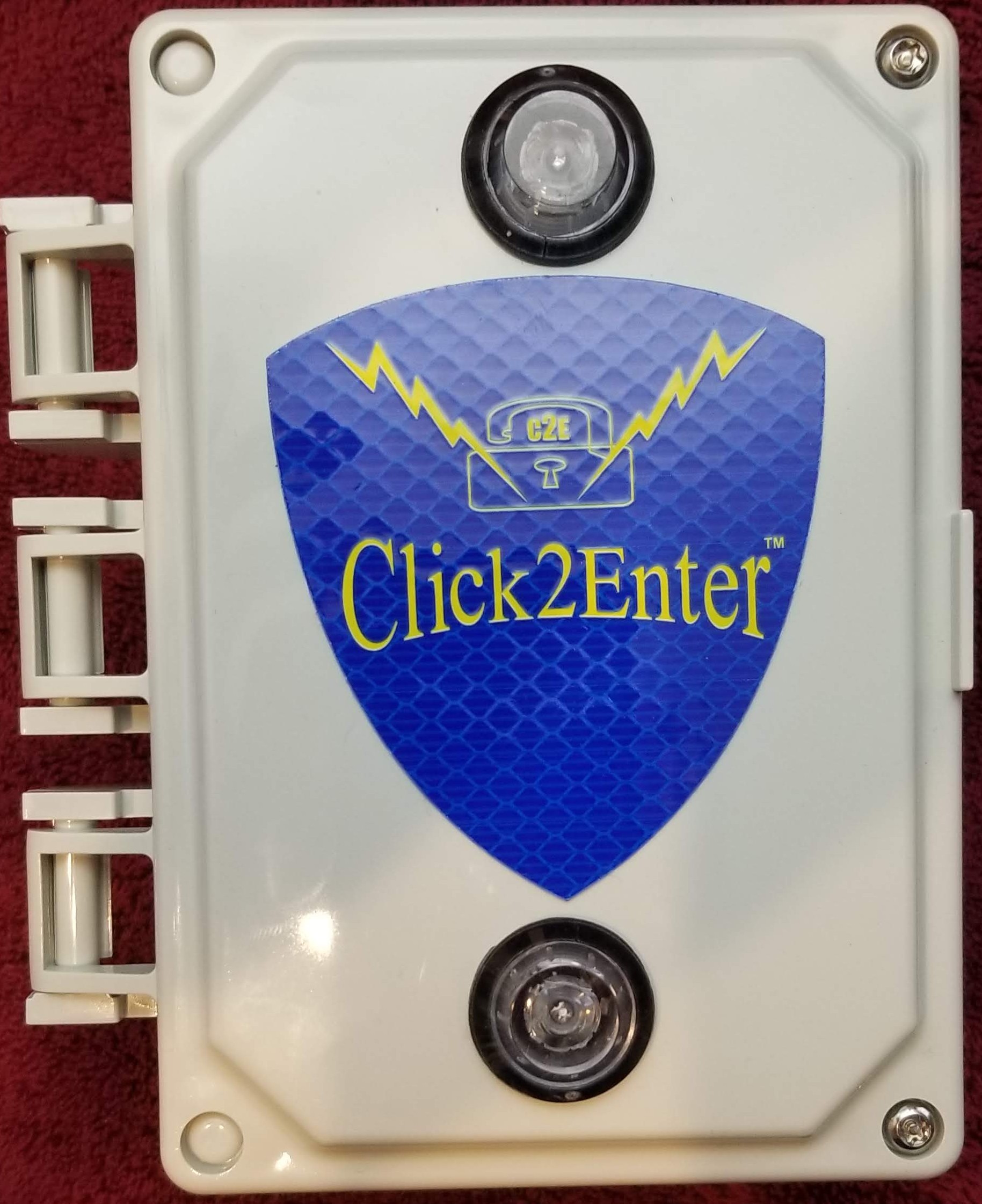Door Systems Engineering, Application and Education
George A. Shrokman, Jr. - The Industrial Door Geek - "The Door Man's Door Man"
My website is your go-to resource for proven tools and insights in the Industrial Door Industry
For over 50 years in the Industrial Door and Controls field, I’ve compiled a wealth of knowledge, from sales strategies to technical expertise, all specifically tailored to help technicians and business owners excel. These carefully curated documents have been applied successfully in some of the largest industrial complexes worldwide. Whether you're looking to enhance your operations or stay ahead in this traditionally slow-moving industry, my site offers tested, reliable solutions to give you a competitive edge.
Bridging the frustrating technology gap between your Door Supplier and your Process Control Engineers.
Billions of dollars are spent yearly on facility and production control systems integrating just about everything from the manufacturing floor to air conditioners.
Are the key doors involved with your manufacturing process included in your system? Does your production department know if the shipping door is going to open so you can get your product out?
We engineer and build control systems that overlay the standard door operator controls and directly interface with your manufacturing control systems.
Successful and effective application requires a through understanding of the needs of both industries
Understanding the Door Industry
This is for the Production Equipment Electrical Engineer
Understanding the Building Automation Systems and Process Electrical Systems
This is for the door Industry members
Process Controls, Building Automation Systems (BAS) and Conveyor Controls are built to published electrical standards.
All of the standards are basically the same. So once a technician understands the basics, they can troubleshoot just about any control system on any piece of equipment.
Control panel layouts, wire colors, button colors, wire numbers, label formats, pilot light colors (to name a few) are all spelled out in what most people call code books. Depending on the facility you may have a different standard to follow.
When your technician complains about opening up a control panel and seeing all red or blue wires you know the system is built per an electrical standard.
Basic US/Canadian control panel wire colors
Red wires are AC power below 160 volts.
White wires are "Common" wires.
Blue wires are +DC power below 160 volts.
Blue with a white stripe are -DC "Common" wires.
Green is ALWAYS ground.
The high voltage wire colors are per voltage, and can be found in the Technical Data section of this website.
On PLC and Computer Systems, every pushbutton, limit switch, sensor or other device is wired to an input. Each input is continually monitored through the program. Diagnostics are done through a computer program designed to monitor all the input and output opening and closing results.
The monitoring systems can be miles away from the door itself. When a problem is detected, maintenance can be dispatched to check out the problem. With many of our systems, we can detect a problem with the door BEFORE anyone tries to open or close it. A well designed control system can tell the technician what the problem is so they know what to look for when they get to the door.
Interface Systems are Designed to give you
the data needed for your monitoring process.
It is important to know what data is needed for your control system.
What does your system need to know?
Is the door is open or closed?
Is the door actually moving when you give it a command?
Do you need to know how far the door is open so you can monitor the amount of air coming into the building for your HVAC System.
Do you need to know the condition of the limit switches?
Is the brake operating properly?
Is the motor working too hard? Does the door need adjusting?
All of this information and more is available. You just need to know what is needed before the design process starts.
Interface Systems are built using the components that easily integrate into your system.
Your facilities group has already has a list of control components used throughout the facility. Those components are designed into the interface system for easy integration.
Call us to discuss how Door Integration can save you money!
Thank you for visiting my website. Please feel free to comment about anything you see or want to see on this site.
Feel free to call me at any time.
George A. Shrokman, Jr.
615-826-5559

